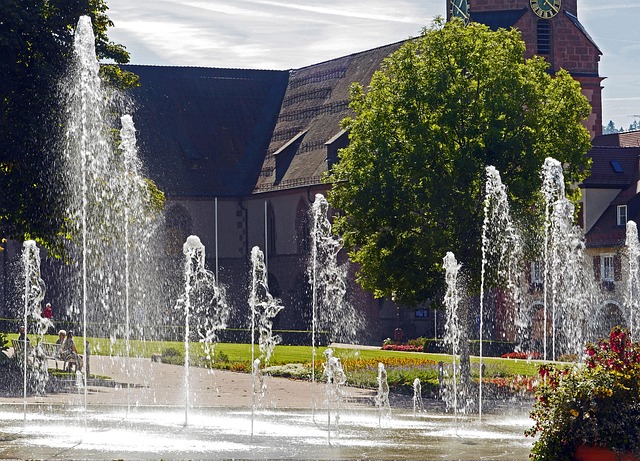In an age where air pollution has become an omnipresent challenge, finding ways to mitigate its effects is more crucial than ever. Eco-friendly gardening stands out as a vibrant beacon of hope in our collective quest for air pollution reduction. Just imagine stepping into your backyard and breathing in the fresh, pure air purified by a rich tapestry of plants, flowers, and trees. Gardening isn’t just a hobby; it’s a powerful act of reconciliation with nature and a crucial step towards creating a healthier environment.
Plants play an indispensable role in battling air pollution. Through the process of photosynthesis, they absorb carbon dioxide and release oxygen, effectively cleansing the air we breathe. Increasing greenery in urban landscapes not only enhances aesthetic beauty but also provides essential habitat for wildlife, fostering biodiversity. By planting native species, gardeners can effectively nourish local ecosystems, ensuring that nature thrives alongside our urban developments.
When we talk about eco-friendly gardening, we’re referring to practices that nurture our environment rather than harm it. Organic gardening techniques — such as composting, using natural pest control methods, and selecting native plants — significantly reduce the need for chemical fertilizers and pesticides. This, in turn, lessens the toxic runoff that contributes to air and water pollution. By choosing to garden sustainably, we take a proactive stance in preserving the delicate balance of our environment.
Furthermore, community gardens promote collective involvement, where individuals come together to cultivate green spaces. These shared plots not only improve neighborhood air quality but also foster a sense of community and connection to nature. As we dig our hands into the soil, we cultivate not just plants, but also relationships and a deeper understanding of the ecological challenges we face. By participating in such initiatives, we create green sanctuaries within our cities that offer respite from the chaos of pollution.
Creating a garden that contributes to air pollution reduction requires thoughtful planning. Start small; even a few potted plants on a balcony can have a positive impact. Choose plants known for their air-purifying properties, such as spider plants, peace lilies, and various ferns. These plants are not only beautiful but also work tirelessly to cleanse indoor air pollutants. As you expand your garden, consider incorporating trees and shrubs that are well-suited for your local climate and soil conditions, further enhancing air quality and providing shade on hot summer days.
Moreover, educating ourselves and others about the environmental benefits of gardening can amplify our efforts. Workshops and seminars can empower aspiring gardeners to adopt eco-friendly methods and understand the critical importance of plants in air pollution reduction. Sharing experiences and tips within your community can inspire collective action, creating a ripple effect that elevates the consciousness around sustainability.
Integrating eco-friendly gardening into our lifestyles is not a daunting task; it’s a fulfilling journey that connects us with nature. As we nurture the earth beneath our feet, we participate in a collective act of love for our environment. The path to air pollution reduction starts right at home, in our gardens. Let’s cultivate a greener future together, one plant at a time.




